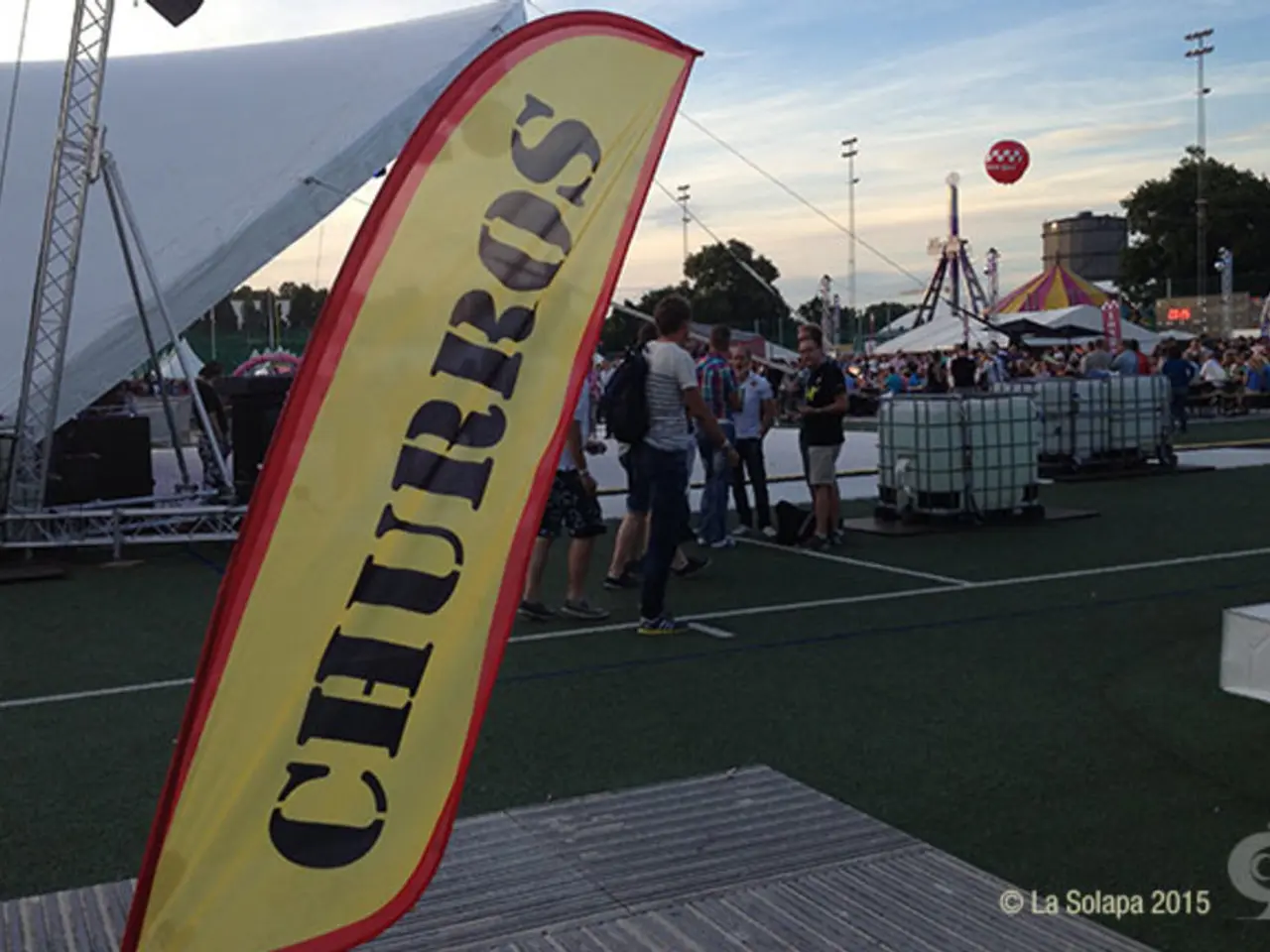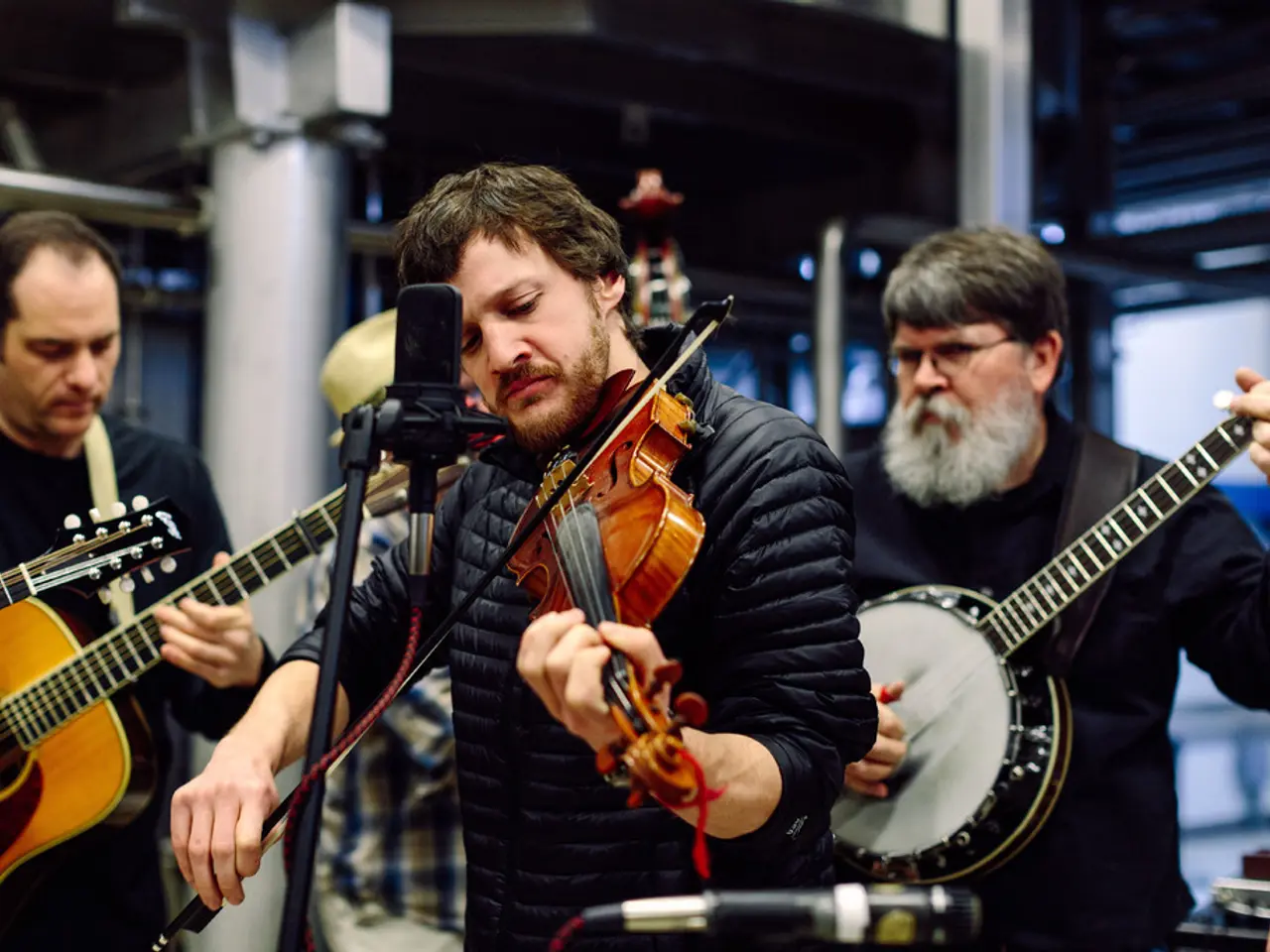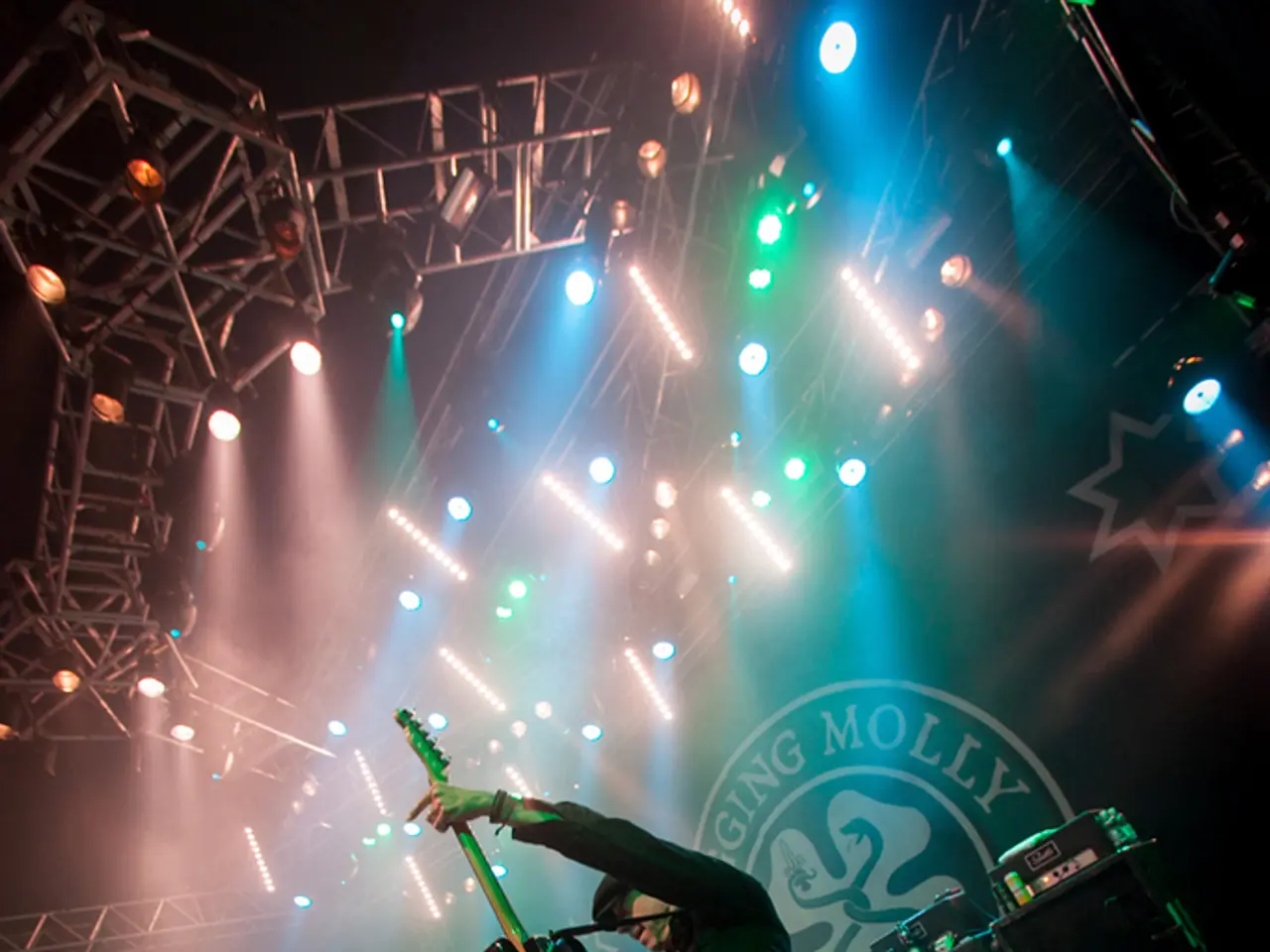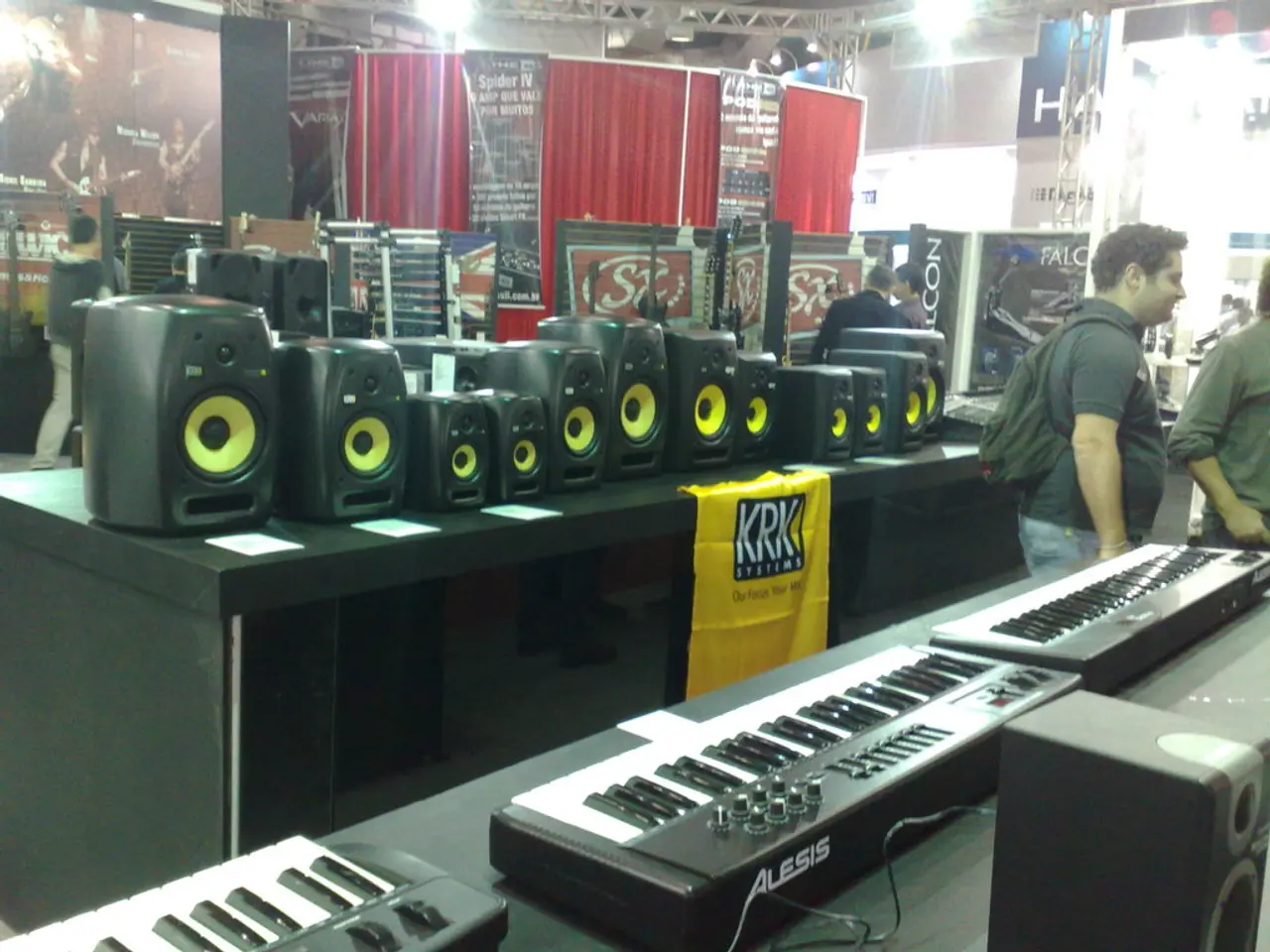Mastering Studio Methods for Exceptional Grand Piano Recordings: Techniques Guaranteed to Deliver Remarkable Sound Quality
In the world of music production, the grand piano holds a special place, known for its rich and resonant tones that span a vast range of frequencies. For those interested in incorporating digital elements, MIDI recording is a valuable tool, but for capturing the authentic sound of a grand piano, nothing beats a well-recorded performance.
When it comes to recording a grand piano, the key is to focus on dynamics and expressiveness to capture variations in loudness and nuanced emotion. One of the most crucial aspects is microphone placement.
Positioning microphones inside the piano, pointing towards the strings where the sound is loudest and most natural, is often the best approach. This involves using boom stands to suspend the mics over the open lid, aiming at the strings near the hammers and the soundboard. Listening closely inside the piano to identify the spot with the richest sound is recommended before placing the microphones.
Common effective techniques include close miking, the Decca Tree method, and stereo pairs (XY or spaced pairs). Close miking positions two condenser mics approximately 8-12 inches above the strings—one over the lower (bass) strings and one over the upper (treble) strings—to capture a clear, balanced stereo image of the piano’s full range. The Decca Tree method uses a spaced pair of omnidirectional microphones placed above the tail end of the piano, aimed towards the keyboard across the strings, capturing a spacious and natural stereo field with room ambiance. Stereo pairs, on the other hand, use matched condenser mics configured in XY, ORTF, or spaced pairs just above the strings to help recreate the piano’s spatial characteristics with a good stereo image.
Adjusting mic levels is key to achieving a balanced and clear recording, with input gain set to capture the full dynamic range without distortion. Opening the piano lid fully allows maximum sound projection, while choosing a room with controlled acoustics helps avoid excessive reverberation that can muddy the sound. Conducting sound checks and making slight adjustments to placements to emphasize the desired tonal qualities and clarity is also essential.
For live performances, dynamic microphones like the Shure SM57 can be ideal when placed inside the piano's lid, while contact microphones can help with feedback rejection. When recording in a smaller space, consider using dynamic mics as they are less sensitive to background noise.
For those looking to elevate their recordings, advanced microphone techniques can add depth and dimension, such as using a spaced pair of microphones. When selecting a recording studio, consider the room acoustics and minimize external noise and echoes.
In summary, aim for close placement inside the piano near the strings with condenser mics on boom stands, combined with stereo techniques like spaced pairs or the Decca Tree, adjusting position by ear for best tonal balance. This yields a clear, rich, and balanced recording of the grand piano. Identifying the ideal microphone placement requires experimentation, with the aim of achieving a well-rounded sound with the least effort.
[1] Source: Sound On Sound [2] Source: Pro Sound News [3] Source: Recording Magazine [4] Source: Mix Magazine [5] Source: Audio Technica
- In music production, especially when recording a grand piano, the focus should be on dynamics and expressiveness to capture subtle variations in loudness and emotion.
- One effective microphone placement technique for recording a grand piano is using boom stands to position condenser microphones inside the piano, aiming towards the strings where the sound is most natural.
- Close miking, the Decca Tree method, and stereo pairs (XY or spaced pairs) are commonly used techniques for recording a grand piano, each helping to capture a unique aspect of the piano's sound.
- Adjusting mic levels, choosing the right room, conducting sound checks, and making adjustments by ear are crucial steps to achieving a balanced and clear recording of a grand piano.
- For live performances and smaller spaces, dynamic microphones like the Shure SM57 can be ideal for capturing the piano's sound, as they are less sensitive to background noise.
- Advanced microphone techniques, such as using a spaced pair of microphones, can add depth and dimension to recordings, but selecting a recording studio with optimal room acoustics and minimizing external noise and echoes is essential.
- To elevate one's recordings, it's essential to experiment with microphone placement, striving for a balanced sound with the least effort, following guidelines from experts in music production, as found in sources like Sound On Sound, Pro Sound News, Recording Magazine, Mix Magazine, and Audio Technica.








